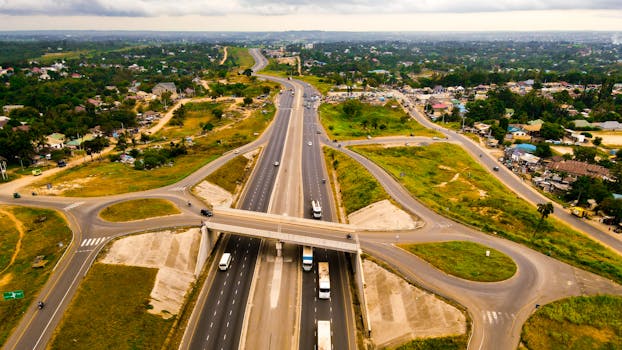“
Introduction to Minimalist Living
Minimalist living, also known as simple living, is a lifestyle that emphasizes simplicity and reducing unnecessary clutter in one’s life. It’s a conscious choice to live with fewer possessions, reduce waste, and focus on what’s truly important. Minimalist Living is not just about getting rid of stuff; it’s about creating a more intentional and sustainable way of living.
The Benefits of Minimalist Living
There are numerous benefits to embracing minimalist living, including:
- Reduced stress and anxiety
- Increased productivity and focus
- More free time and energy
- Lower expenses and increased savings
- A more sustainable and environmentally friendly lifestyle
Getting Started with Minimalist Living
If you’re interested in embracing minimalist living, here are some steps to get you started:
- Start by decluttering your living space, getting rid of items you no longer need or use.
- Assess your consumption habits and make a conscious effort to reduce waste and buy only what you need.
- Consider adopting a capsule wardrobe, where you have a limited number of clothes that can be mixed and matched to create multiple outfits.
- Focus on experiences over material possessions, investing in activities and events that bring you joy and fulfillment.
Maintaining a Minimalist Lifestyle
Maintaining a minimalist lifestyle requires discipline and intention. Here are some tips to help you stay on track:
- Regularly review and assess your possessions, getting rid of items that no longer serve a purpose.
- Set boundaries and learn to say no to things that don’t align with your values and goals.
- Practice mindfulness and gratitude, focusing on the present moment and appreciating what you have.
- Continuously educate yourself on sustainable living and minimalism, seeking out new ideas and inspiration.
Common Challenges and Solutions
Embracing minimalist living can come with its challenges. Here are some common obstacles and solutions:
- Feeling overwhelmed: Start small, decluttering one area or room at a time.
- Missing certain items: Consider the 80/20 rule, where 80% of the time you only use 20% of your possessions.
- Difficulty letting go: Remember that the memories and emotions attached to an item are what’s truly important, not the item itself.
Conclusion
Embracing minimalist living is a journey that requires patience, intention, and discipline. By simplifying your life and reducing unnecessary clutter, you can create a more sustainable, intentional, and fulfilling lifestyle. Remember, Minimalist Living is not just about getting rid of stuff; it’s about creating a more meaningful and purposeful life.




7 thoughts on “Embracing Minimalist Living: A Path to Simplify Your Life”
Comments are closed.